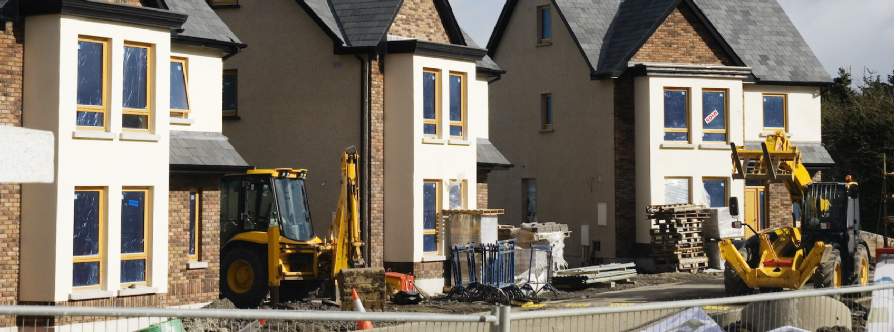The sequential and exception tests are commonly referred to in respect of flood risk, but what are they and what’s involved?
In England, flood risk is broadly categorised into three flood zones: 1 (lowest risk), 2 and 3 (highest risk).
When submitting a planning application for development in flood zones 2 or 3 which may be vulnerable to flooding, such as residential developments, the applicant is required to apply the ‘sequential test’.
The aim of the sequential test is to locate development in areas at lowest risk of flooding first, by ensuring that there are no other appropriate and available sites at a lower risk of flooding. Sequential tests are not required for minor developments, most change of use applications, and sites in flood zone 1 which have no identified flooding from other sources.
There are several steps to the sequential test, namely:
• Determine the area for the search
This should be proportionate to the scale of the proposed development and ideally confirmed with the local planning authority (LPA) in advance.
• Identify all potential suitable alternative sites within the established search area
This list should be made up of allocations in the Local Plan, sites with planning permission in place for similar developments and any ‘windfall’ sites, for example those in the strategic housing land availability assessment or on the brownfield land register.
• For each potentially suitable alternative site, identify:
• The approximate capacity, estimated using local density policies
• Any potential constraints to development, for example access, ecology or heritage constraints
• The flood risk of the site, using resources such as the Environment Agency’s online flood map for planning
At each of these three stages, sites which do not constitute reasonable alternatives should be discounted. Sites which can neither be developed nor delivered (as defined by the National Planning Policy Framework of February 2019) would not accommodate the size of the proposed development or which are at the same (or higher) risk of flooding than the proposed development site should be discounted.
The sequential test is passed if no suitable alternative sites are found following this exercise. All of this information should be submitted to the LPA within the planning application.
An exceptions test should also be completed at this stage and submitted to the LPA. The exceptions test looks at the safety of the site and must demonstrate that the development will be safe from flooding for its lifetime, and that it will not increase flood risk elsewhere.
The exceptions test should also show that the benefits of the proposal outweigh the risks associated with building in an area at risk of flooding.
Further information




.jpg)
.jpg)
.jpg)
.jpg)
.jpg)

